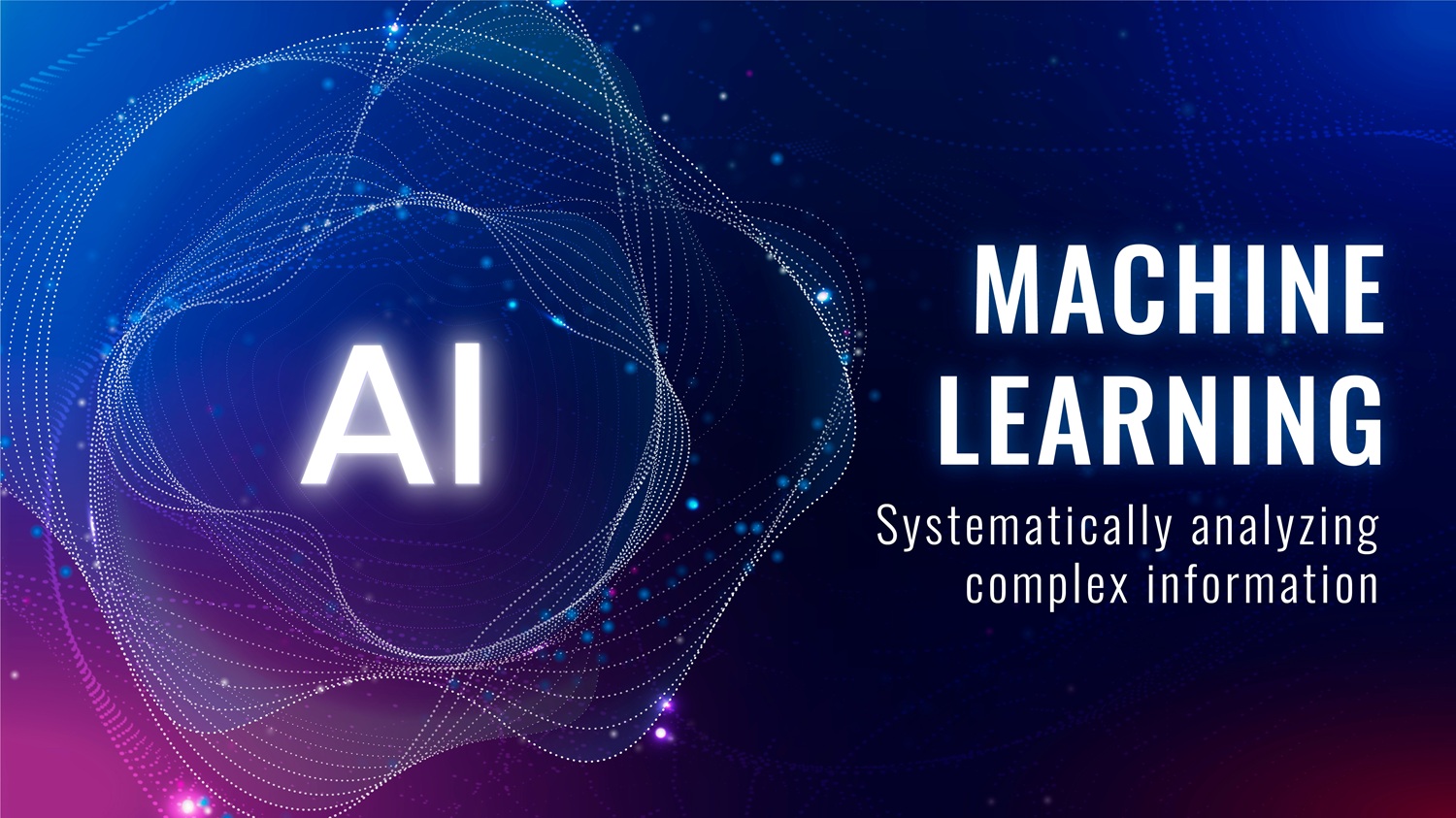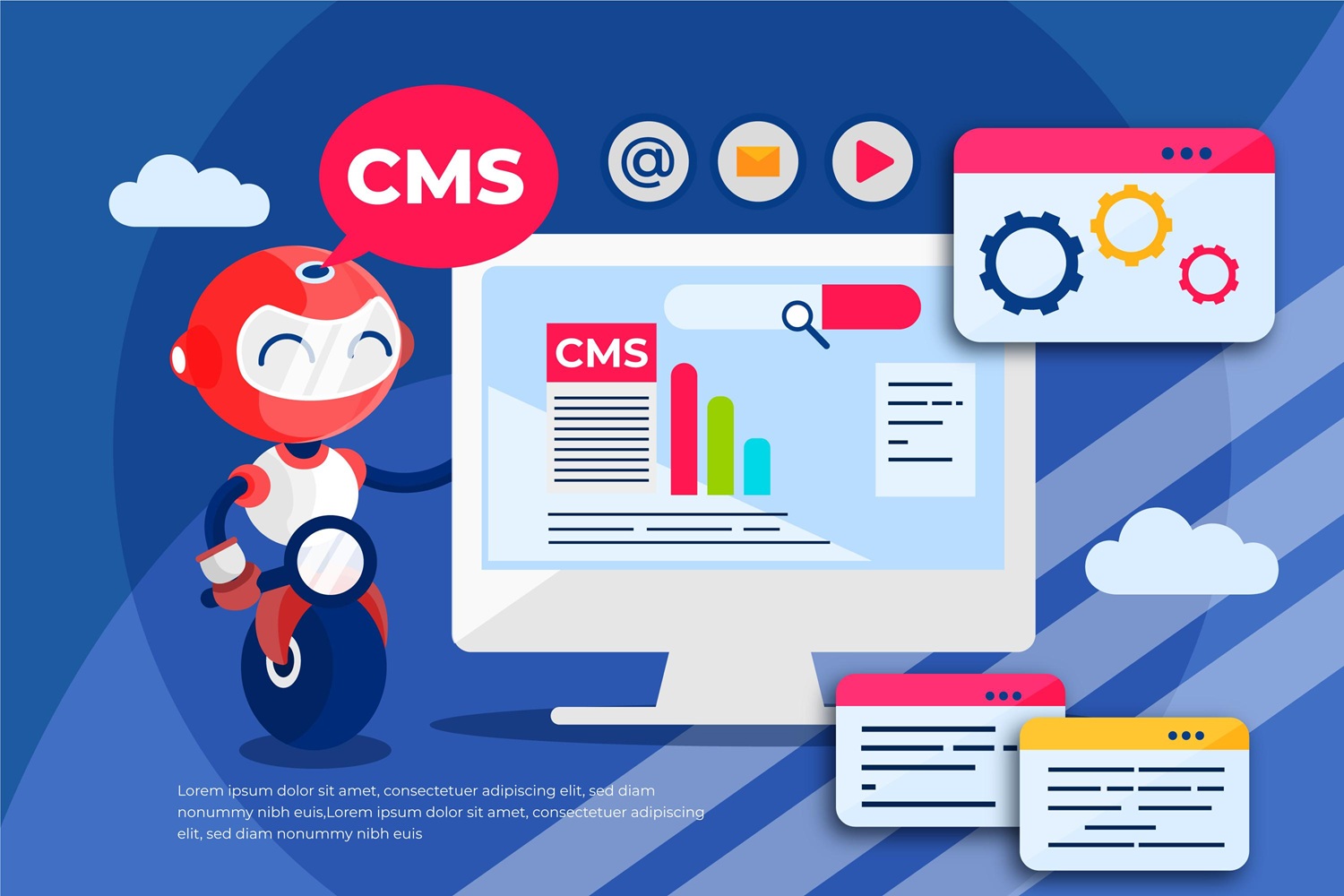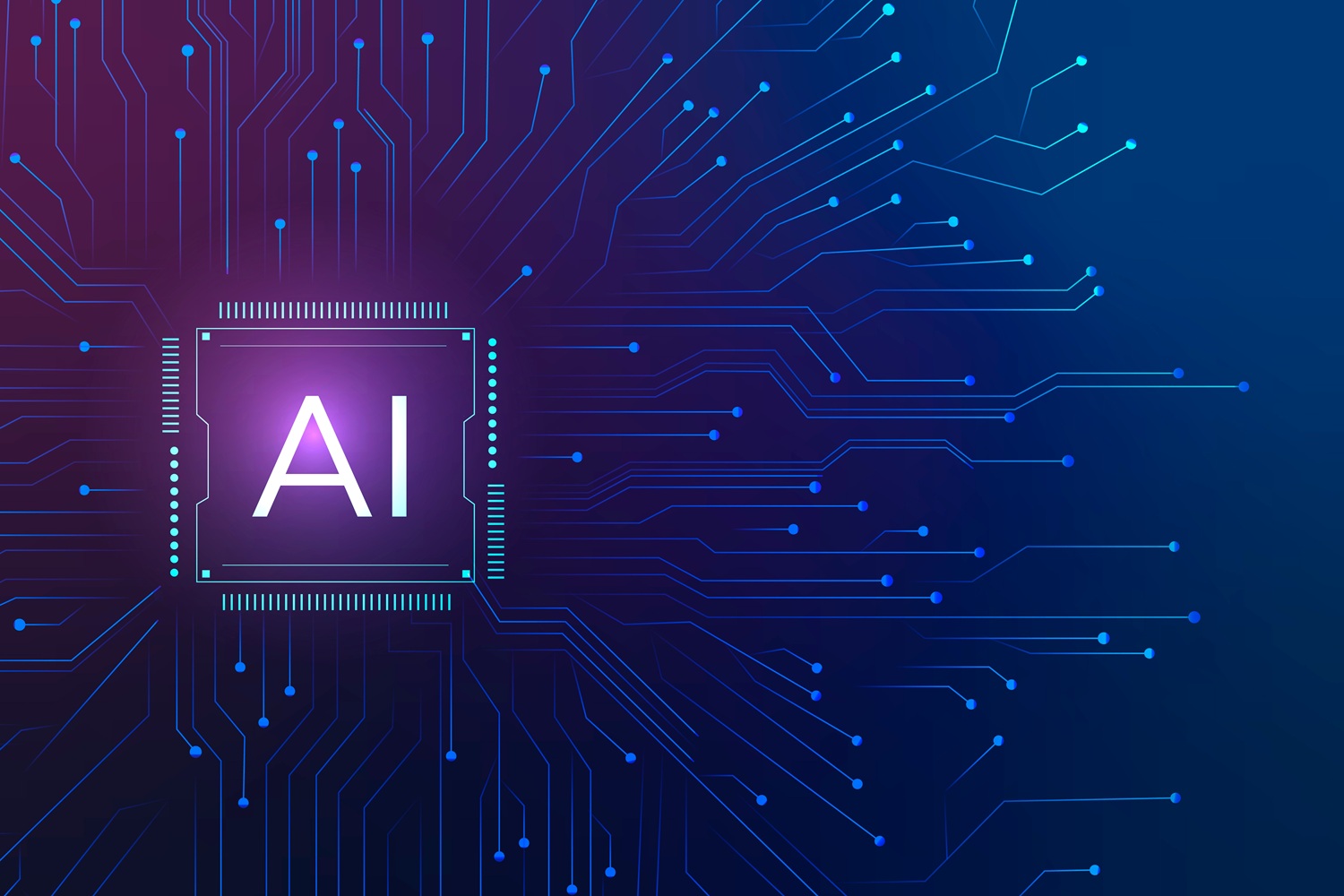In today’s hyper-connected, data-driven world, organizations no longer struggle with data scarcity—instead, they face the challenge of transforming massive volumes of data into meaningful, actionable insights. This is where Machine Learning (ML) steps in and redefines the traditional boundaries of Business Intelligence (BI).
At CycloneWebz India Pvt Ltd., we help businesses harness the power of Machine Learning to transform raw data into strategic decisions. In this blog, we explore how ML is revolutionizing Business Intelligence and helping enterprises move from data to smarter, faster decisions.
📊 What is Business Intelligence?
Business Intelligence (BI) refers to the technologies, strategies, and practices used to collect, analyze, and present business data. Traditionally, BI has focused on descriptive analytics—understanding past performance through dashboards, reports, and KPIs.
But in a world that demands real-time insights, forecasting, and agility, descriptive analytics is no longer enough.
🧠 Enter Machine Learning: The Game Changer
Machine Learning, a subfield of Artificial Intelligence, allows systems to learn from data, identify patterns, and make predictions or decisions without being explicitly programmed.
ML brings predictive and prescriptive capabilities to Business Intelligence—enabling organizations to not only understand what happened, but also why it happened, what will happen next, and what actions to take.
🔄 BI vs ML-Driven BI: What’s the Difference?
| Traditional BI | ML-Powered BI |
| Looks at historical data | Predicts future outcomes |
| Rule-based analysis | Data-driven, adaptive algorithms |
| Manual reporting | Automated insights |
| Static dashboards | Dynamic, real-time analytics |
| Limited personalization | Hyper-personalized recommendations |
By integrating ML into your BI ecosystem, you can transition from reactive to proactive decision-making.
🛠 How Machine Learning Works in BI
Let’s break down how ML integrates into the BI workflow:
- Data Collection
Raw data is collected from multiple sources—CRM, ERP, social media, sensors, etc. - Data Preprocessing
Data is cleaned, transformed, and normalized for analysis. - Model Building
ML algorithms (e.g., regression, clustering, classification) are trained using historical data. - Pattern Recognition & Prediction
The model identifies patterns and predicts future outcomes such as customer churn, sales trends, or demand fluctuations. - Visualization & Actionable Insights
Predictions and insights are visualized in dashboards and reports, allowing decision-makers to act.
📈 Real-World Use Cases: ML in Business Intelligence
1. Sales Forecasting
Predict upcoming sales based on historical data, seasonality, and market dynamics—allowing teams to set realistic targets and allocate resources efficiently.
2. Customer Churn Prediction
ML can identify customers who are likely to leave by analyzing behavior patterns, enabling businesses to implement retention strategies proactively.
3. Inventory Optimization
Retailers can reduce overstocking or stockouts using ML models that forecast demand based on trends, weather, and regional behavior.
4. Dynamic Pricing
E-commerce platforms use ML to adjust prices in real-time based on demand, competition, customer behavior, and more.
5. Anomaly Detection in Finance
Banks and fintech firms use ML algorithms to detect fraudulent transactions or abnormal patterns within millions of data points in real-time.
6. HR Analytics
Predictive models help HR teams identify top talent, forecast attrition, and optimize hiring processes.
🧩 Key ML Algorithms Used in BI
Here are some common machine learning algorithms driving Business Intelligence:
- Linear & Logistic Regression – For forecasting and classification
- Decision Trees & Random Forests – For feature importance and predictions
- K-Means Clustering – For customer segmentation and market analysis
- Neural Networks – For complex pattern recognition like image or voice analysis
- Support Vector Machines (SVMs) – For classifying complex datasets
- Time Series Models (ARIMA, LSTM) – For demand/sales forecasting
These models can be customized and trained on your business data to provide high-accuracy, actionable insights.
💡 Benefits of ML in Business Intelligence
✅ 1. Predictive Power
Rather than relying on hindsight, ML equips BI tools to forecast what will happen next—helping businesses stay ahead of the curve.
✅ 2. Automated Insights
ML can automatically uncover patterns and relationships in data, reducing the manual effort involved in analysis.
✅ 3. Real-Time Decision-Making
With streaming data and ML models, businesses can make quick, data-backed decisions instead of waiting for static reports.
✅ 4. Scalability
ML models can process large volumes of data from diverse sources, making it easier to scale your BI efforts across teams and departments.
✅ 5. Personalization
From marketing campaigns to customer service responses, ML enables hyper-personalized experiences that drive engagement and conversions.
🚧 Challenges to Consider
While integrating ML with BI offers immense value, it also comes with challenges:
- Data Quality Issues: Poor data leads to poor predictions.
- Skill Gap: Not all organizations have in-house ML expertise.
- Model Interpretability: Some ML models, like deep learning, act as black boxes—making it harder to explain decisions.
- Integration Complexity: Existing BI tools may not seamlessly support ML without technical modifications.
- Data Privacy: Advanced analytics must comply with regulations like GDPR, HIPAA, etc.
This is where an experienced technology partner like CycloneWebz India Pvt Ltd. becomes crucial.
🧠 Why Choose CycloneWebz for ML-Driven BI?
At CycloneWebz India Pvt Ltd., we specialize in delivering end-to-end machine learning solutions that supercharge Business Intelligence for startups, enterprises, and SMBs alike. Our team ensures:
- ✅ Clean and organized data pipelines
- ✅ Custom ML model development
- ✅ Seamless integration with your existing BI tools
- ✅ Real-time dashboards and reporting
- ✅ Ongoing optimization and support
We help you move beyond data dashboards to data-driven action.
🔮 Future of BI with Machine Learning
The convergence of AI, ML, and cloud computing is shaping the future of Business Intelligence:
- AutoML will enable non-experts to build accurate models
- Natural Language Processing (NLP) will allow users to ask questions like “Why did sales drop last quarter?”
- Edge AI will deliver real-time insights at the device level
- Explainable AI (XAI) will increase transparency and trust
- Generative AI may soon be used for automated report generation and insight summarization
By investing in ML-powered BI today, businesses position themselves for future success in an AI-first world.
✅ Final Thoughts
The landscape of Business Intelligence is undergoing a profound transformation, with Machine Learning at its core. It’s not just about tracking performance anymore—it’s about anticipating what’s next and acting faster than the competition.
If your business wants to stay relevant, competitive, and future-ready, integrating ML into your BI strategy isn’t just an option—it’s a necessity.
Let CycloneWebz India Pvt Ltd. help you make that leap—from data to decisions.





